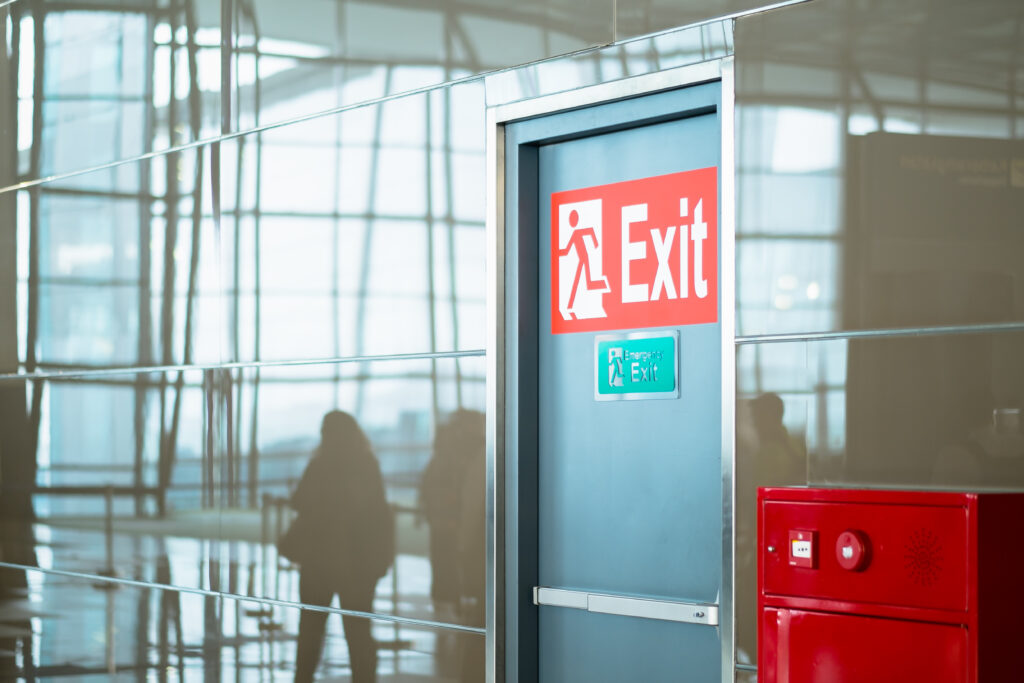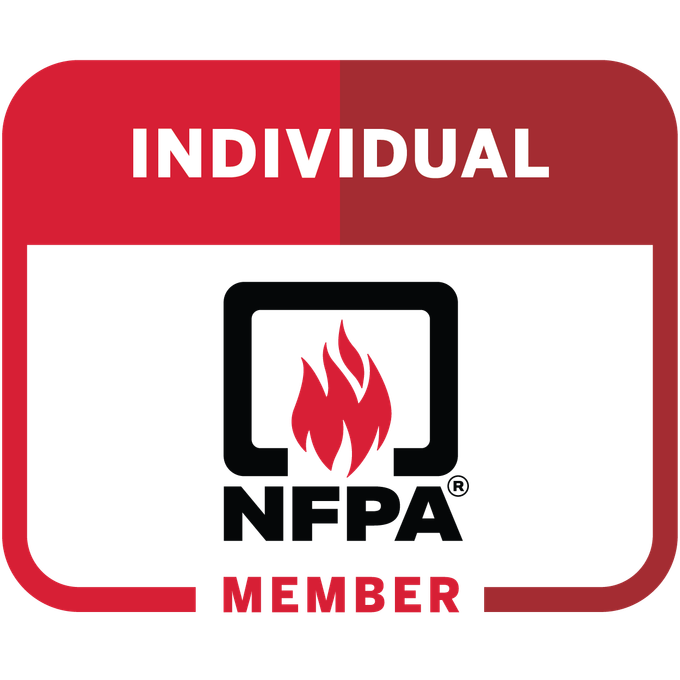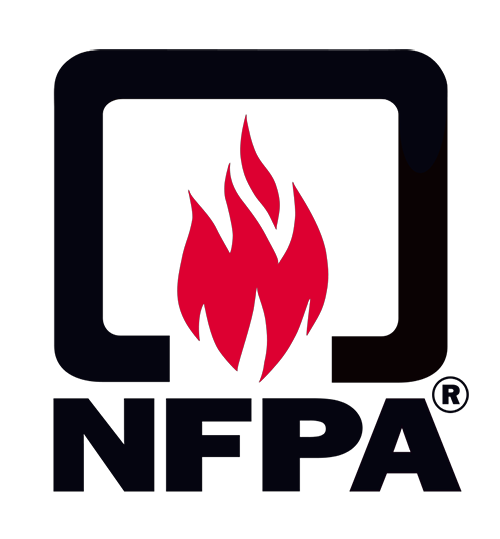Preventing deficiencies in hospitals is vital for the safety of patients and staff. Fire-rated doors are crucial, as deficiencies in these assemblies account for about 45% of hospital citations. Fire doors help contain the spread of fire and smoke but must be thoroughly inspected and maintained to be effective.
Learn more about the extensive regulations and requirements for your facility, and how a certified team is pivotal in maintaining compliance.

The National Fire Protection Association (NFPA) sets fire safety standards— including NFPA 80— which governs the installation and maintenance of fire doors. Knowing and adhering to these standards is essential for protecting lives and property. Free access to the
complete list of NFPA codes and standards is available online. The Bicoastal Fire Team can help translate this complex array off regulations and then to maintain your facility within its bounds. Learn more.
NFPA 80 requires annual inspections of all fire-rated doors and frames to ensure they function properly in the event of a fire. Inspections must cover door labels, clearances, closing/latching devices, hinges, seals, and overall condition.
In hospitals, compliance with NFPA 80 is closely monitored during accreditation and life safety surveys.
NFPA 101 sets requirements to protect occupants from fire and related hazards. For healthcare occupancies, it includes strict provisions for corridor doors, smoke barriers, and egress pathways.
Joint Commission surveyors and AHJs (Authorities Having Jurisdiction) use NFPA 101 as a benchmark for healthcare facility compliance. Learn more
NFPA 105 addresses doors and assemblies designed to resist the passage of smoke. In hospitals, smoke doors play a vital role in protecting vulnerable patients during compartmentalization and evacuation.
Annual inspection of smoke doors is required to maintain life safety compliance.
While NFPA standards form the backbone of fire door compliance, every state (and sometimes each AHJ) may enforce added building code requirements. For hospitals, local health agencies and state building authorities often adopt these codes in parallel with federal standards.
It’s important to confirm which codes apply to your facility —
Bicoastal Fire Door ensures your doors meet every required standard.
Healthcare facilities are subject to inspections from multiple authorities, including:
◉ AHJs (Authorities Having Jurisdiction) such as fire marshals and state health departments
◉ The Joint Commission (TJC) and other accrediting bodies
◉ Centers for Medicare & Medicaid Services (CMS) life safety compliance reviews


